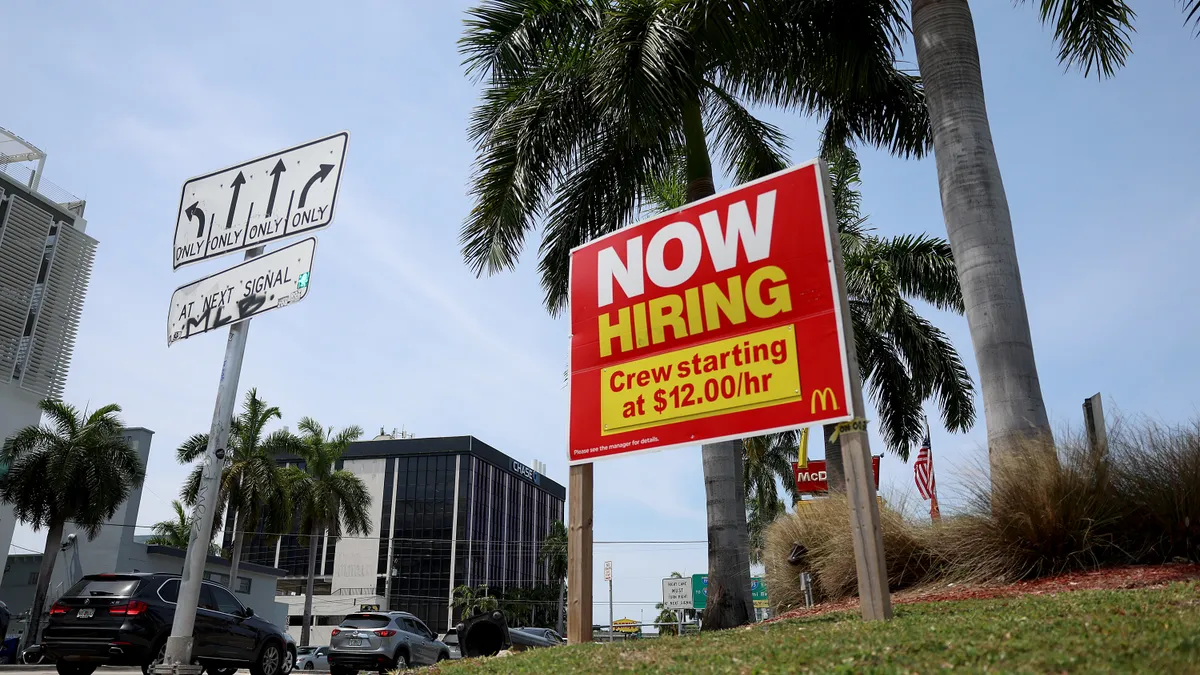Software-as-a-service (SaaS) companies looking for a quick cash raise can monetize their subscription contracts using a trading platform launched in February by Los Angeles-based start-up Pipe.
Pipe touts its platform as an alternative to equity raises, which force owners to dilute their interests, and loans, which typically come with warrants or covenants that constrain how companies can operate.
"We're something completely new," Pipe CEO Harry Hurst told CFO Dive.
The company launched with a $6 million investment fund and in late June added $60 million to that.
The company is built around a trading platform that treats the predictable income stream of SaaS companies' subscriptions as a tradable asset. On the sell side are the company's annualized customer contracts and on the buy side are investors, including financial institutions and banks, who buy the contracts as assets.
Depending on the SaaS company's underwriting characteristics, the market clearing price of the assets is anywhere from 85 to 95 cents on the dollar, although that range could change over time.
"As more buy side participants enter the market, it'll get more competitive, which is beneficial for the SaaS company," Hurst said.
Because it's a clean sale of assets, the SaaS company doesn't put any collateral at risk and doesn't file a UCC-1, the form creditors rely on to stake a claim in the company’s assets if it goes bankrupt.
"There's no seniority of liens," Hurst said. "It doesn't even come into the conversation because there aren’t any liens."
Self-serve platform
Like the SaaS companies it serves, Pipe is a cloud-based software company whose platform is built on a self-serve model.
Companies enter in their credentials, connect the platform to their bank account, and provide information on their subscription billing manager and accounting system. Pipe's goal is to come back with a market clearing price for a company's contracts and trading limit within a day.
The underwriting isn't based on the company's monthly or annual recurring revenue but rather individual subscription contracts it enters into the platform. If one of the contracts can't be fulfilled because of churn — the customer stops paying on its subscription, for example — the company replaces that contract with another so the investor stays whole.
"They very simply [add] another subscription of equal or greater value to the principal amount, prorated," Hurst said. "There are no penalties or fees."
CFOs like the flexibility of swapping out contracts because it resembles an interest-free loan, Hurst said. If a contract stops performing before the end of the year-long term, the company can use the replacement contract to rebate the remaining principle, prorated for the remaining time on the contract.
"You actually end up with more cash flow," Hurst said. "Let's say the customer churns at month nine. There are only three months of contract period being unserviced. When you pipe in another subscription, you're actually trading another whole year's worth of contract value on the other contract, so you end up with more cash flow instead of less."
CFOs also like being able to report the trade as an asset sale because, unlike contracts that are prepaid upfront at a discount, there's no reduction in the company’s top line income.
"The problem [with prepaid contracts] is that when they give them a significant discount it's also reducing the company's top line revenue," he said. "When they trade a contract on Pipe, for a discount to the annualized value, it's not reducing that top line, and that’s really important when you're raising money or if you sell the company."
Put another way, it's as if your customer prepaid its year-long contract with your SaaS company to get a discount, but instead of you showing the discounted income on your books, you show the full contract price, because income from your customer hasn't changed. Your customer is still paying the full price.
That makes it an option to consider, even if your company has no trouble getting customers to prepay their contacts.
"From an accounting and revenue recognition standpoint, you get the cashflow upfront and you recognize the revenue each month as you service the customer," Hurst said. "The benefit here is the top line revenue is the same; you don't have to offer your customer a discount."





















